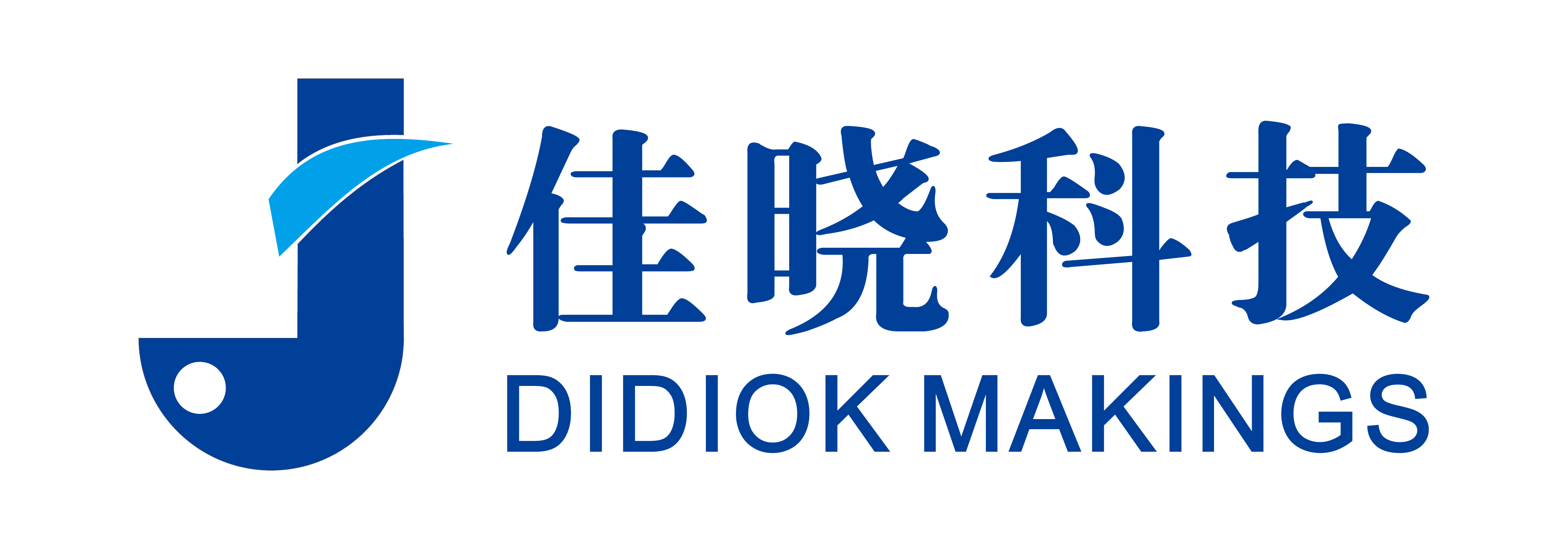Water-related emergencies are among the most critical situations faced around the globe. With drowning incidents, floods, maritime accidents, and coastal disasters on the rise, traditional rescue methods are often stretched to their limits. In this blog post, we explore the top 10 global water rescue challenges and show how cutting-edge technology—especially the JX-6A water rescue drone—can dramatically improve outcomes and save lives.
1. Slow Response Times in Water Emergencies
Challenge:
In water rescues, every second counts. Conventional methods can be slow to deploy, leading to delayed intervention when lives are at risk.
JX-6A Solution:
The JX-6A is designed for rapid deployment. Its fast-responsive takeoff and one-push return features ensure that rescue operations begin immediately, bridging critical time gaps in emergency scenarios.
2. High Risk to Rescue Personnel
Challenge:
Rescue teams face hazardous conditions during water operations, from rough waves to unpredictable weather, exposing them to significant danger.
JX-6A Solution:
By operating remotely, the JX-6A minimizes the exposure of human rescuers to hazardous water environments. This reduction in risk allows teams to focus on planning and executing the rescue safely.
3. Limited Operational Range
Challenge:
Traditional rescue methods often struggle with the vast expanses of water, especially in large lakes, oceans, or flood zones.
JX-6A Solution:
With a remote control distance of over 1,100 meters on water and an impressive 11 kilometers airborne, the JX-6A expands the operational range, ensuring that emergencies in remote or widespread areas can be addressed swiftly.
4. Adverse Weather and Environmental Conditions
Challenge:
Harsh weather—strong winds, heavy rain, and turbulent water—can hinder rescue operations and make manual interventions even riskier.
JX-6A Solution:
Built to withstand wind resistance up to level 6 and equipped with robust materials (IP68 water protection), the drone maintains performance even in challenging weather conditions. Its reliability in adverse environments means that rescue operations aren’t delayed by nature’s unpredictability.
5. Complex Terrain and Accessibility Issues
Challenge:
Rescue missions often take place in difficult terrains such as narrow river channels, coastal areas, and areas near tourist sites or oil platforms where traditional vehicles cannot easily reach.
JX-6A Solution:
The compact size (weighing less than 5kg) and agile maneuverability of the JX-6A allow it to navigate tight spaces and land on water surfaces multiple times. This versatility makes it an ideal tool for operations in confined or hard-to-reach areas.
6. Communication and Coordination Barriers
Challenge:
In water rescue operations, maintaining clear and reliable communication between rescuers and command centers is crucial, yet often problematic.
JX-6A Solution:
Equipped with a single-axis gimbal camera that streams live high-quality video, the JX-6A provides real-time situational awareness. This capability improves coordination and decision-making, ensuring that teams can adjust strategies on the fly.
7. Equipment Limitations in Extreme Conditions
Challenge:
Traditional rescue equipment may fail or underperform under extreme conditions—be it intense waves or highly variable water states.
JX-6A Solution:
Engineered with high-strength composite materials and a one-piece fuselage, the drone is both durable and resilient. Its design enables it to operate in harsh conditions where conventional rescue equipment might not be effective.
8. Night-Time and Low Visibility Rescues
Challenge:
Rescue missions during the night or in foggy conditions require enhanced visibility and reliable monitoring tools.
JX-6A Solution:
The onboard camera, capable of precise hovering and offering a 720P resolution, provides essential visual feedback even in low-light conditions. This real-time imagery aids rescuers in locating victims and assessing the situation promptly.
9. Navigation and Monitoring Difficulties
Challenge:
Tracking and navigating in an expansive water body can be challenging, making it difficult to locate individuals in distress.
JX-6A Solution:
The drone’s advanced flight control system and precise GPS navigation, combined with a remote-controlled real-time video feed, enable accurate monitoring and tracking of rescue targets. This enhances the effectiveness of search-and-rescue operations dramatically.
10. Integration with Conventional Rescue Methods
Challenge:
Seamlessly integrating advanced technology with traditional rescue techniques can be challenging, particularly when coordinating between multiple teams and equipment types.
JX-6A Solution:
The JX-6A is designed to complement and enhance existing rescue methods. Its foolproof operation, one-button landing, and streamlined controls make it easy to integrate into conventional rescue strategies, providing a reliable backup that supports human teams rather than replacing them.
Conclusion
Water rescue challenges are evolving, and the need for rapid, efficient, and safe emergency response is greater than ever. The JX-6A Air-Water Dual-Role Rescue Drone System addresses these challenges head-on by enhancing response times, extending operational reach, and reducing risks for rescue personnel. As water emergencies become more frequent and complex, innovative solutions like the JX-6A are not just a technological upgrade—they represent a critical advancement in saving lives worldwide.
Investing in advanced rescue technology ensures that we stay ahead of challenges and continue to protect human life and property in our increasingly unpredictable world.
By addressing these challenges with the JX-6A, emergency services can revolutionize water rescue operations, ensuring faster, safer, and more effective responses when they are needed most.





